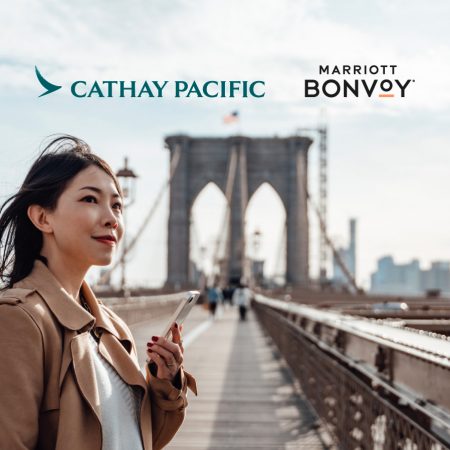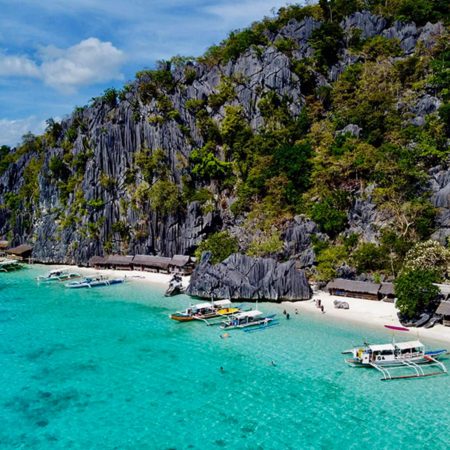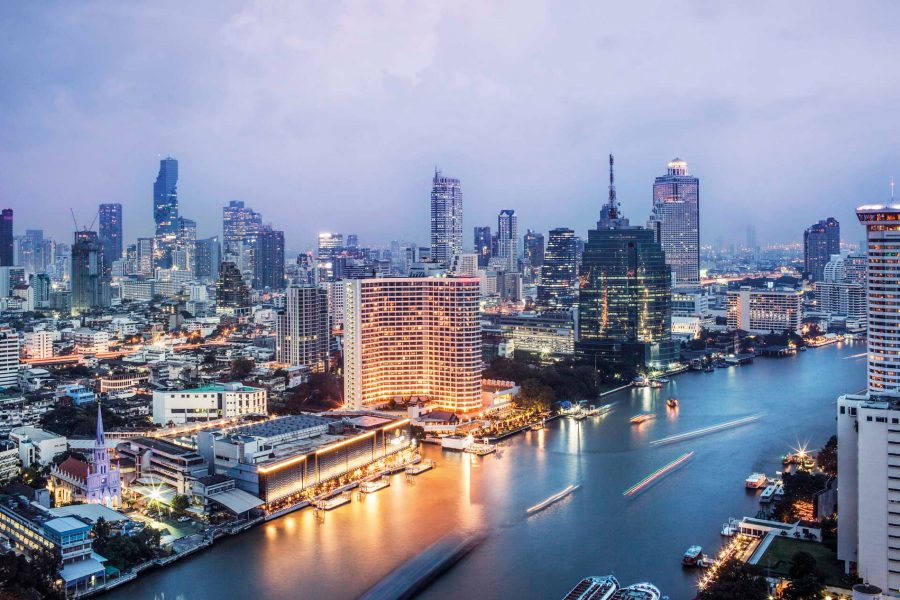A longtail boat was rocketing me down Chao Phraya, the river running through Bangkok. ‘There are still families living along the river, and we’ve been here for generations,’ the captain explains to me. ‘The new projects along the river are very exciting as that will provide us with more income.’ At least that’s what I think he said, as I was busy clinging on for dear life, trying my best not to fall into what is known as the artery of Thailand, while deaf from the motor booming next to me.
Speedy isn’t exactly the reputation of Bangkok’s traffic. A supposedly 45-minute taxi ride from Suvarnabhumi Airport to my hotel in central Bangkok took me two hours because that’s just the way it is. So knowing I was avoiding the roads when travelling on Bangkok’s main river made me feel like I had some kind of upper hand, not to mention the cool breeze, the beautiful scenery and just the fact there wouldn’t be any road rage on my part.

Credit: Cedric Arnold
‘A lot of Bangkok sites are along the river, and piers are connected to the MRT (metro system), making this an amazing way to travel in the capital,’ says Piriya Vachajitpan, managing director of Chao Phraya Tourist Boat . ‘We have one boat with the blue flag just for tourists that hits your main attractions, and three other express boats for locals. About 20,000 locals use these boats every day, as they’re quick, fast and cheap. From one end to the other it’s a leisurely 45 minutes, whereas by car it’ll take you two hours, without traffic.’
For hundreds of years, the river has been the lifeblood of the capital city, as well as its commercial centre, with embassies dotted along the riverbank. However, at the turn of the 20th century, the British embassy decided to move away from the river (and set up camp on Wireless Road), and soon other embassies followed suit, with only the Portuguese and the French remaining. This effectively moved the business district away to the jam-packed central Bangkok we know today. As a result, beautiful buildings were either left to crumble or repurposed. Much of the river’s charm and heritage was lost.
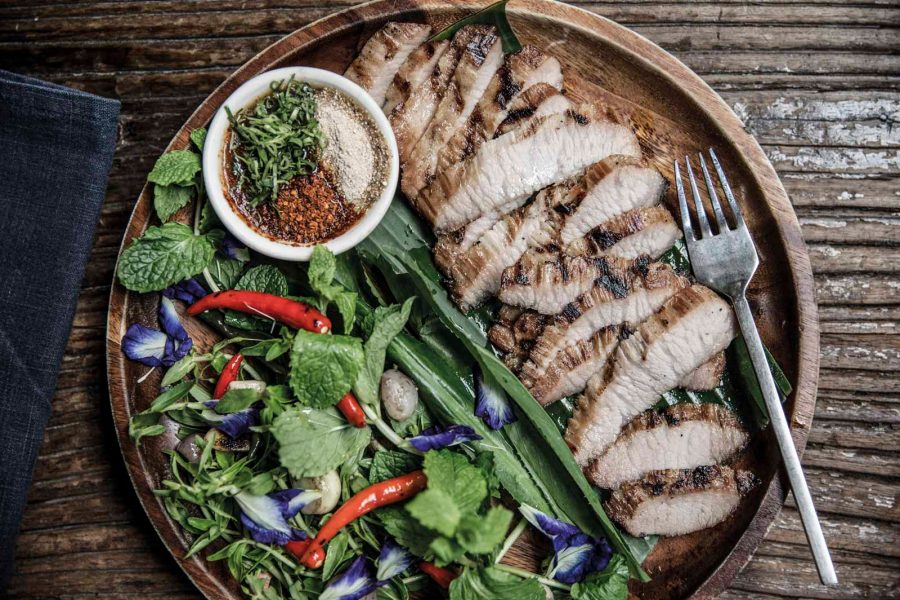
Credit: Cedric Arnold

Credit: Cedric Arnold
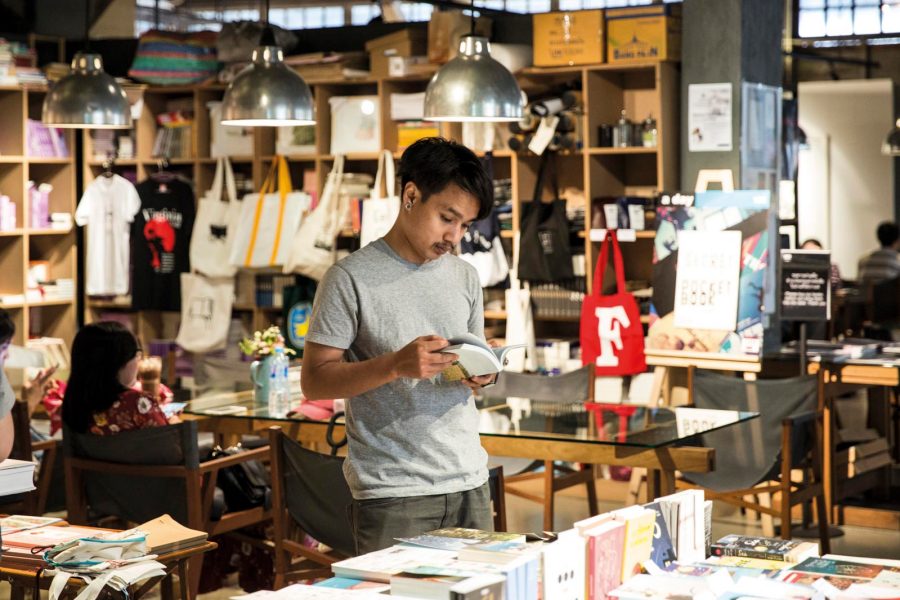
Credit: Cedric Arnold
Enter the river renaissance. It all started about five years ago with the opening of Asiatique , a retail space made up of warehouses and a giant Ferris wheel, which turned the riverbank into a destination for tourists and shoppers. Les Huysmans, general manager of Bangkok Walking Adventures, says his company scrapped a riverbank walking tour a few years back due to lack of interest. ‘We decided to revive it in 2017 and it has been increasingly popular,’ he says. ‘We show them the heritage and interesting stories of the area, which isn’t hard, as the river and its canals have a lot of historical value.’
As the hype began to build, exciting projects followed. The Jam Factory , a series of old factory buildings converted into a lifestyle space, provides a trendy haven away from the hustle and bustle of the capital. It helps that it’s also photogenic, attracting the social media crowd. And now, across the bank, Warehouse 30 , built by the same people behind The Jam Factory, has officially opened its doors. The ultra-cool space comprises seven warehouses, all dating to just after the Second World War. The massive complex houses a day spa, restaurants and cafes, a marketplace, a yoga centre, a screening venue with a focus on documentaries and much more.

Credit: Cedric Arnold
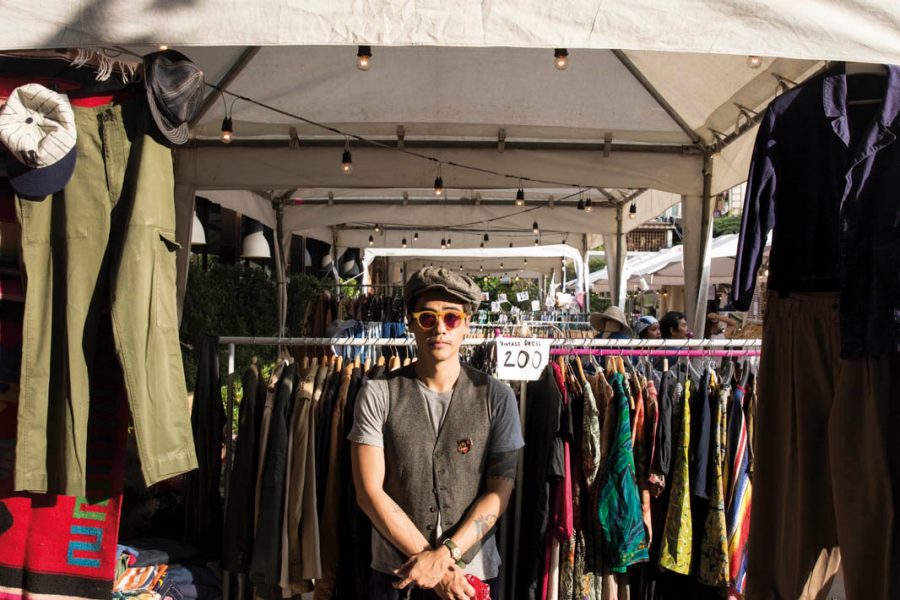
Credit: Cedric Arnold
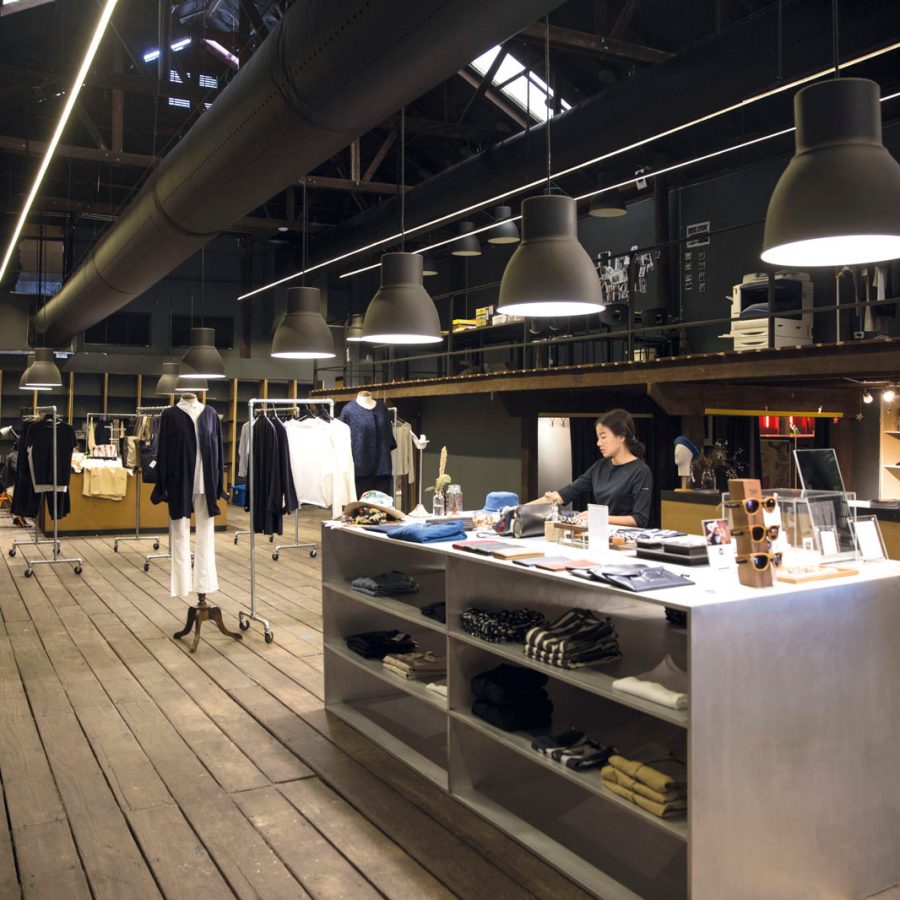
Credit: Cedric Arnold
‘The old charms of the river are quietly making this comeback,’ says Rungsima Kasikranund, who curates the shops in Warehouse 30, including her own juice bar Raw & Reed. ‘Back in the day, the government would just tear down the old buildings and construct something new, whereas these days investors and developers all see the value and potential of old buildings, and so they’re reviving a lot of them. The thing is, the creative scene has always been present along the river. It’s just somebody has finally initiated this movement.’
And that somebody is Bangkok River Partners , a collective of businesses along the river that works to promote the area. They coined the name Creative District for the area’s clutch of arts and lifestyle venues. ‘We have already seen the difference [between 2017-2018], with a 30 percent growth of people aged 21 to 45 years old visiting various outlets along the river, and more events are being held here as well,’ says David Robinson, director of Bangkok River Partners. ‘This interesting shift is contributing to the next stage of luxury, where people see old buildings as a fascination.’
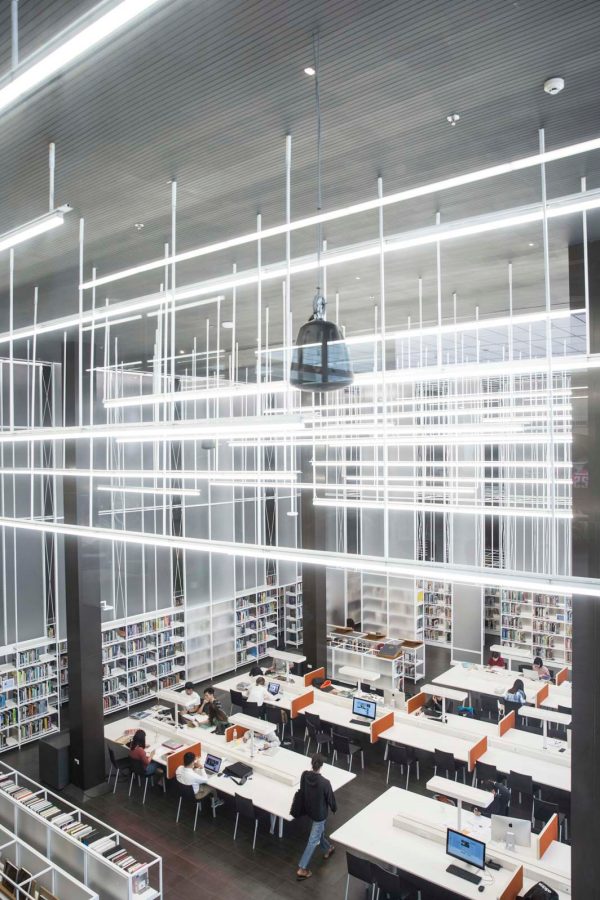
Credit: Cedric Arnold
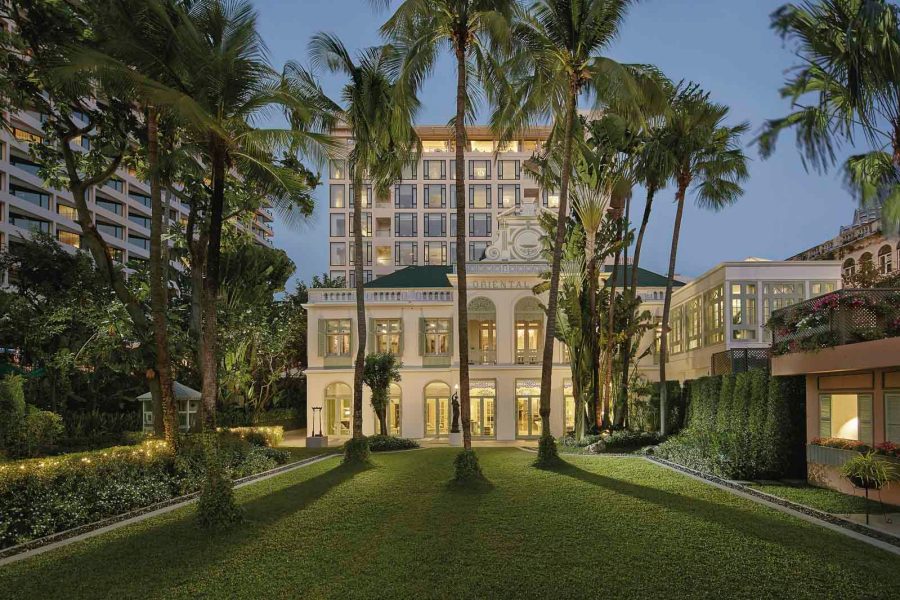

Credit: Cedric Arnold
One of the most anticipated riverside developments, The Icon Siam – an ultra-luxury shopping mall – opened in 2018, and in 2019, the complex opened a residence offshoot of the Mandarin Oriental Bangkok , which has stood on the riverbank since 1876.
‘We recently completed a comprehensive renovation of our historical buildings with brand new suites and facilities in celebration of our 140th anniversary,’ says Robert O’Kennedy, the hotel’s director of sales and marketing. ‘This is our way to keep up with the times and meet the evolving needs of our clientele, and we’ll continue to contribute to the river’s legacy.’
But the river’s most important role is simply as a place to live. ‘Whether they’re Thai, Chinese, Muslims, Hindu or Christian, these large communities have lived in perfect harmony for the past two centuries,’ says Robinson. ‘No matter where you’re coming from, you’ll always find a home here.’
This story was originally published in April 2018 and updated in September 2020
Hero image: Cedric Arnold
More inspiration
Bangkok travel information
- China – the Chinese Mainland, Hong Kong SAR, Macao SAR and Taiwan Region
- Hong Kong SAR - English
- Chinese Mainland (China) - English
- Taiwan, China - English
- 香港特別行政區 - 繁體中文
- 中国內地 - 简体中文
- 中國台灣 - 繁體中文
- Africa
- South Africa - English
- Asia
- Bangladesh - English
- Korea - English
- Singapore - English
- Cambodia - English
- 한국 - 한국어
- Sri Lanka - English
- India - English
- Malaysia - English
- Thailand - English
- Indonesia - English
- Maldives - English
- ประเทศไทย - ภาษาไทย
- Indonesia - Bahasa Indonesia
- Myanmar - English
- Vietnam - English
- Japan - English
- Nepal - English
- Việt Nam - tiếng Việt
- 日本 - 日本語
- Philippines - English
- Australasia
- Australia - English
- New Zealand - English
